Human Musculature
The human musculature is a system of muscles that enables body movement, maintains posture, and performs various physical actions. Muscles are divided into skeletal, smooth, and cardiac types, each performing functions ranging from voluntary movements to supporting the function of internal organs. The musculature plays a crucial role in providing strength, flexibility, and endurance to the body.
Did you know that...
01
Strongest muscle
The tongue is one of the strongest muscles relative to its size.
02
Most enduring muscle
The heart is the most enduring and tireless "engine" in the body, working nonstop.
03
Muscle memory
Even after a long break from training, muscles can regain their strength more quickly thanks to muscle memory.
04
Number of muscles
The human body has over 600 muscles, making up about 40% of body mass.
05
Smooth muscles
Smooth muscles in the walls of internal organs, such as the intestines, work automatically and are not under conscious control.
Structure and functions

Deltoid
Muscle covering the shoulder joint and responsible for moving the arm away from the body. Function: raises and moves the arm, participates in all types of shoulder joint movements. Interesting fact: Named for its deltoid shape, similar to the Greek letter "delta" (∆).
Biceps
Muscle located in the front of the shoulder, responsible for bending the arm at the elbow joint. Function: bends the forearm, supports supination (turning the palm upwards). Interesting fact: "Biceps" literally means "two heads," reflecting the structure of this muscle.
Triceps
The muscle located at the back of the upper arm, its primary function is to extend the arm at the elbow joint. Function: extends the forearm and supports pronation (turning the palm downwards). Interesting fact: The triceps muscle is the antagonist of the biceps muscle of the arm.
Trapezius
The muscle located in the upper part of the back and on the neck is responsible for the movements of the neck and shoulder girdle. Function: raises and lowers the shoulders, moves the shoulder blades apart and together, and rotates them, and participates in many movements of the neck. Interesting fact: The trapezius muscles are named for their trapezoidal shape.
Pectoralis
Large muscles located in the front part of the chest, involved in shoulder movements. Function: adduction and abduction of the shoulder, as well as flexion (bending) at the shoulder joint. Interesting fact: The pectoral muscles play a key role in lifting weights in exercises such as bench pressing.
Oblique
Muscles located on the sides of the abdomen, involved in bending and rotating the torso. Function: lateral bending of the torso, rotation of the torso, and maintaining torso stability. Interesting fact: The oblique abdominal muscles help form the "six-pack" abs and are important for maintaining good posture.
Quadriceps
A powerful muscle group located in the front part of the thigh that facilitates leg extension at the knee joint. Function: extends the leg at the knee joint and participates in stabilizing the knee joint. Interesting fact: The quadriceps muscle of the thigh is one of the strongest and most enduring muscles in the human body.
Hamstrings
A group of three muscles responsible for flexing the leg at the knee joint and extending at the hip joint. Function: flexes the leg at the knee joint, extends the thigh, and participates in stabilizing the hip joint. Interesting fact: The muscles of the posterior thigh are often injured during sports activities due to their high load and the need for stretching.
© Все права защищены. Q-VISION ТОО.

